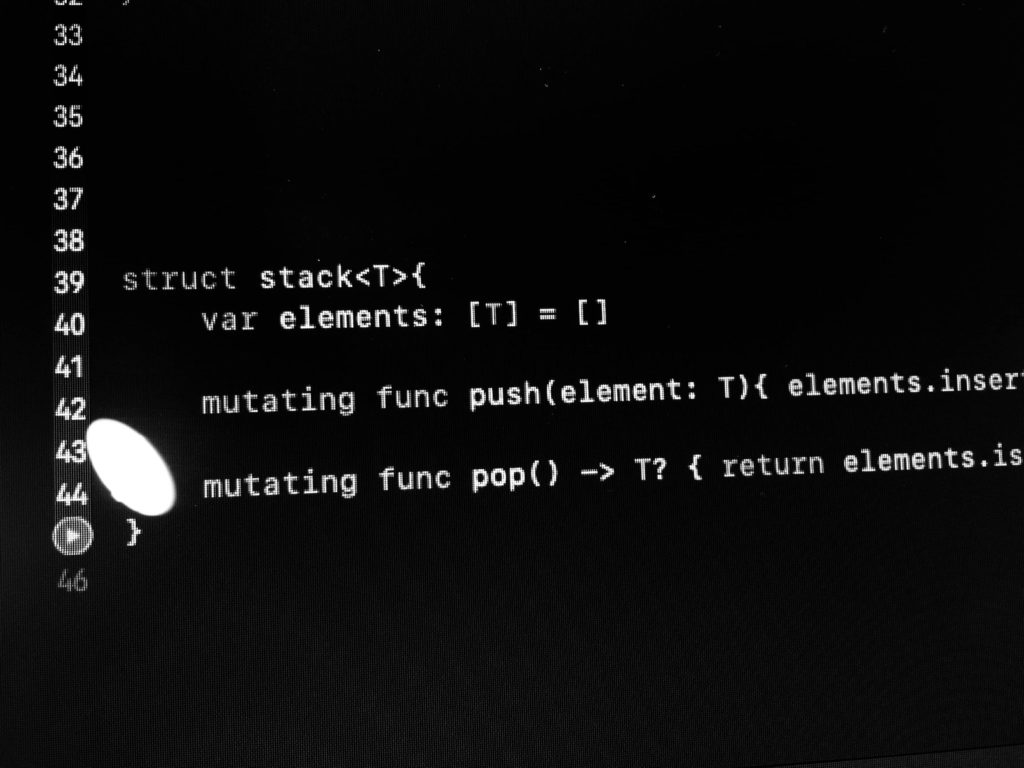Value type, ie enum and struct, has some very heavy weight presence on Swift. Swift community suggest to choose us the value type, enum struct, rather than the class type. So understanding the behavior of value type is always a great win. By construction value type is immutable on Swift. But what happens, when we use mutating method on value type? This blog post is dedicated on the what and how of mutating keyword and the effect of it on enum and struct on the Swift domain.
If we are interested on gaining a in-depth knowledge on enum then we should visit the enum hub page, where we listed all the blog post related with Swift enum.
Background
- Behavior of value type, enum struct, on Swift
- Introduction to
mutatingkeyword - What does
mutatingkeyword represent - Action points of mutating
- Am I doing something wrong
Behavior of value type, enum struct, On Swift
By default on Swift value type thats struct and enum, are meant not to be modifiable, not the corresponding instance nor the instance’s property. We can say:
- No other instance even the own instance can not modify the value type
- The instance method can not modify the property
So what option Swift does provide us, when we need to mutate the value type instance or instance’s property.
Introduction to mutating keyword
Well Swift does provide us the mutation ability of value type from its own instance method by preceding mutating keyword on the instance-method’s signature.
But we can’t mutate any value type instance outside of its own instance-method. So if we want to update some/any property of a value type instance outside of its instance-method, the only way for us is to create a new instance of that value type with the desire property-value.
On value types ie struct and enum; when mutating keyword is used before a method, it is symbolically saying that this method will modify the structure of struct or enum.
Let us talk with an example, say we have a stack T type, T is a generic type. And like any other stack we want to push and pop elements from the stack.
So if we have a value type say struct based stack, then to update the element we need to use mutating keyword before push and pop, the two instance-method of Stack.
import Foundation
struct stack<T>{
var elements: [T] = []
mutating func push(element: T){ elements.insert(element, at: 0) }
mutating func pop() -> T? { return elements.isEmpty ? nil : elements.remove(at: 0) }
}As we can see both the push and pop are marked with mutating in order to modify the Stack. Both are mutating the instance variable elements inside their functional body.
What does mutating keyword represent
The properties of value type can not be changed from within its instance-method. So mutating keyword tells the compiler that the following method will modify the properties of that value type.
On the above example both the push(element: T) and pop() -> T? method are modifying an internal property, elements, of the struct. So mutation keyword was prefixed with those method.
action points of mutating
- all the changes made by the
mutatingmethod will be written on thevalue typeafter that particular method ends. - the
mutatingmethod can completely write down a new instance to the implicitself.
import Foundation
struct Stack<T>{
mutating func reset(){
self = Stack() // assigning new Stack to itself.
}
}On the above example the reset method is assigning itself a new Instance of its own type. And this new assigning will execute once the execution of the reset is complete.
am I doing something wrong?
If we are using value type, enum and struct, as only the model then we should ask one question to ourself. Do we really want to mutate the value type? As value type is immutable by nature.
So there must be something wrong on our design, either we are using value type whether we should be using reference type or may be we can create a new instance by providing default value for instance on convenience init for value type.
On the other hand, if we expand our understanding for value type to give it more responsibility other than only as Model type, then mutating probably very needed. As the first class citizen of Swift; value type, enum and struct, can really expand its operating area beyond only as Model type. So the talk about mutating on value type, enum and struct, on Swift is yet not finish. We will have some details talk on this topic when we talk about value type on some future talk. A log of talk 🤓.
Stay tunes. We will be back again.

One thought on “mutating enum struct on Swift”